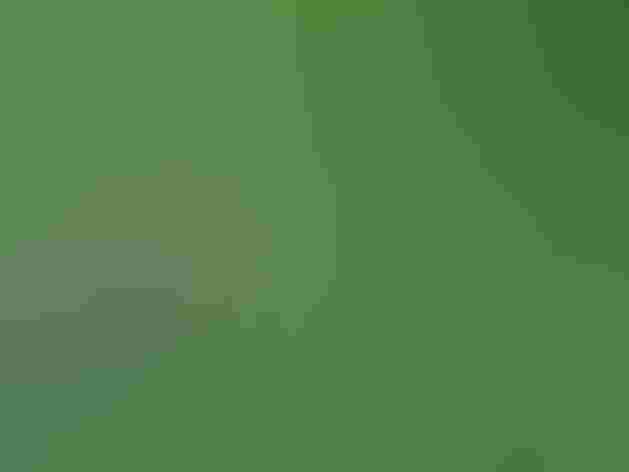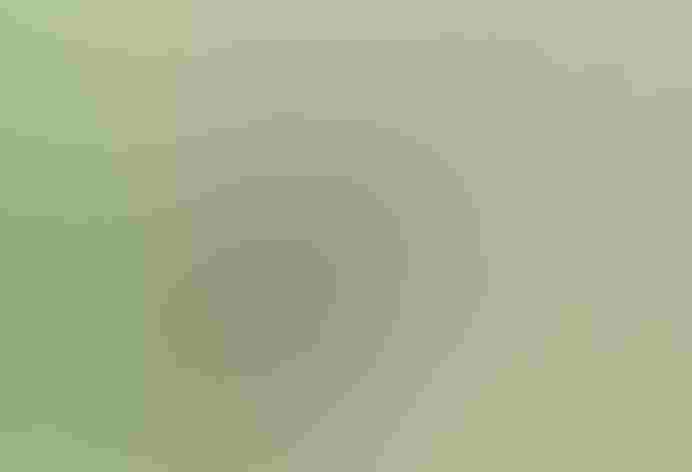Eastern Wood-Pewee
At a Glance
In eastern woods in summer, the plaintive whistled pee-a-wee of this small flycatcher is often heard before the bird is seen. The bird itself is usually somewhere in the leafy middle story of the trees, perched on a bare twig, darting out to catch passing insects. The Wood-Pewee sings most often at dawn and dusk, and it may continue singing quite late in the evening, after most songbirds have fallen silent.
All bird guide text and rangemaps adapted from by Kenn Kaufman© 1996, used by permission of Houghton Mifflin Harcourt Publishing Company. All rights reserved.
Category
Perching Birds, Tyrant Flycatchers
IUCN Status
Least Concern
Habitat
Forests and Woodlands, Shrublands, Savannas, and Thickets
Region
Eastern Canada, Florida, Great Lakes, Mid Atlantic, New England, Plains, Rocky Mountains, Southeast, Texas, Western Canada
Population
6.500.000
Range & Identification
Migration & Range Maps
Strictly a summer resident in North America, arriving on breeding grounds mostly in May, very few remaining after beginning of October. Probably migrates at night.
Description
6 1/2" (17 cm). Very plain, with faint wing-bars, no eye-ring. Note very long wingtips. Empidonax flycatchers have shorter wingtips, most have eye-rings (but see Willow Flycatcher). Western Wood-Pewee is almost identical, recognized by range, voice.
Size
About the size of a Robin, About the size of a Sparrow
Color
Gray, White
Wing Shape
Pointed
Tail Shape
Notched, Square-tipped
Songs and Calls
A plaintive pee-ah-weee or pee-weee, falling in pitch on last note.
Call Pattern
Falling, Flat, Rising
Call Type
Buzz, Chirp/Chip, Whistle
Habitat
Woodlands, groves. Breeds in forest (mainly deciduous, sometimes mixed, and seldom coniferous forest). Favors margins of clearings, such as around meadows, roadsides, ponds, or small openings in the forest. Winters at forest edges and in scrubby woods in tropics.
Sign up for ÃÛèÖAPP's newsletter to learn more about birds like the Eastern Wood-Pewee
Behavior
Eggs
3, sometimes 2, rarely 4. Whitish, with brown and lavender blotches often concentrated toward larger end. Incubation is by female, 12-13 days.
Young
Both parents feed young. Age of young at first flight about 14-18 days.
Feeding Behavior
Does most foraging by watching from an exposed perch within a tree, then flying out to catch an insect in the air. Also takes insects from foliage or twigs while hovering, and may descend to pick insects from grass or other plants close to the ground.
Diet
Mostly insects. Feeds almost entirely on insects and other arthropods, taking only small numbers of berries. Diet in summer includes various kinds of flies, also wasps, bees, winged ants, beetles, moths, true bugs, and grasshoppers; also some spiders and millipedes.
Nesting
Male sings in spring, especially at dawn and dusk, to defend nesting territory. Courtship behavior is not well known, may involve male actively chasing female through treetops. Nest site is in tree (usually deciduous), saddled on a horizontal branch well out from the trunk. Usually 15-45' above ground, can be lower or much higher. Nest (probably built by female alone) is compact open cup of grass, plant fibers, and spiderwebs, the outside usually decorated with lichens. Nest seems small for size of bird. From the side or below, nest may look like a bump or knot on the branch.
Conservation
Conservation Status
Still widespread and fairly common, but surveys show a slight decline in recent decades. Reasons for decline are not well known.
Climate Threats Facing the Eastern Wood-Pewee
Choose a temperature scenario below to see which threats will affect this species as warming increases. The same ÃÛèÖAPP change-driven threats that put birds at risk will affect other wildlife and people, too.





